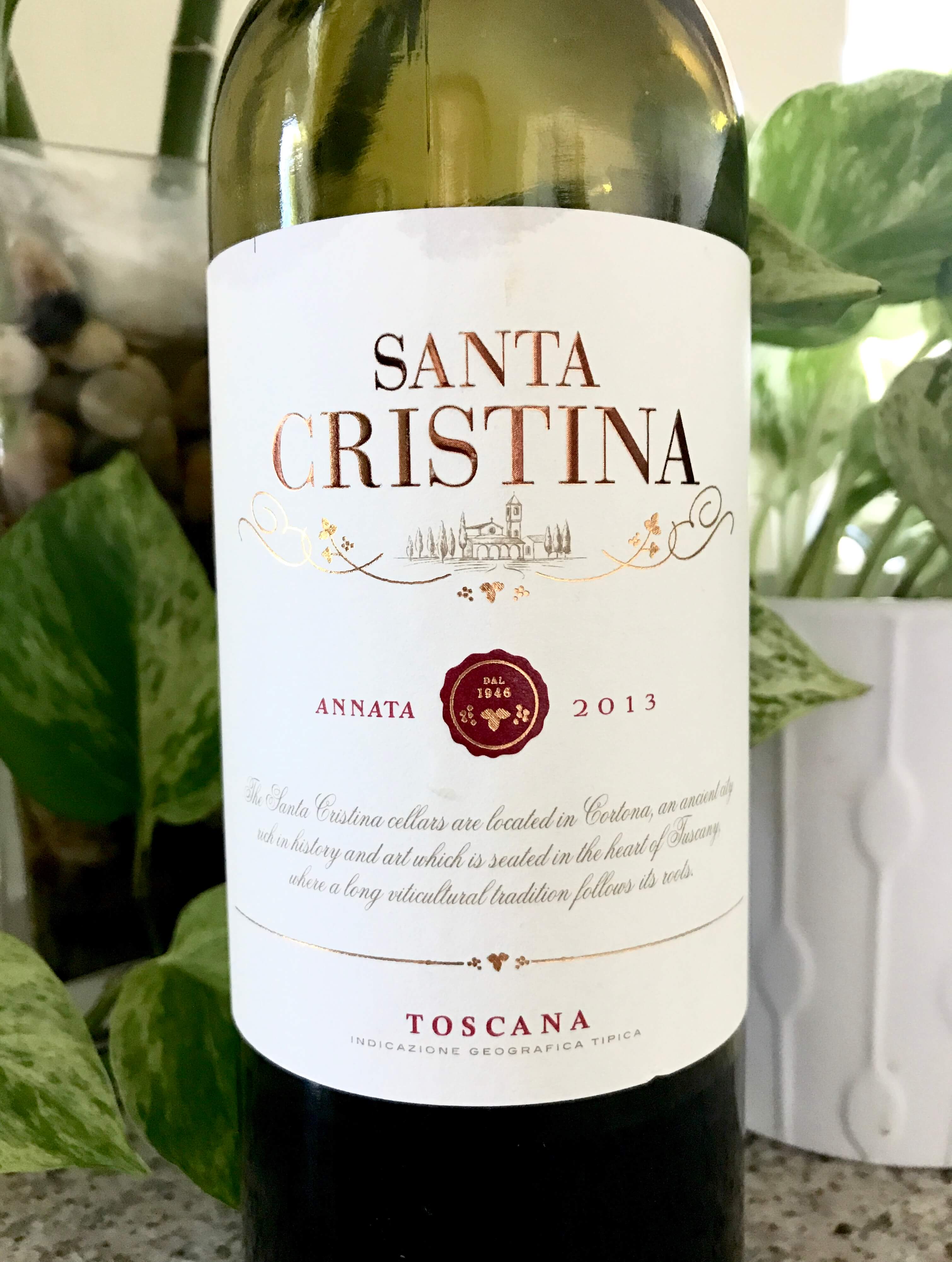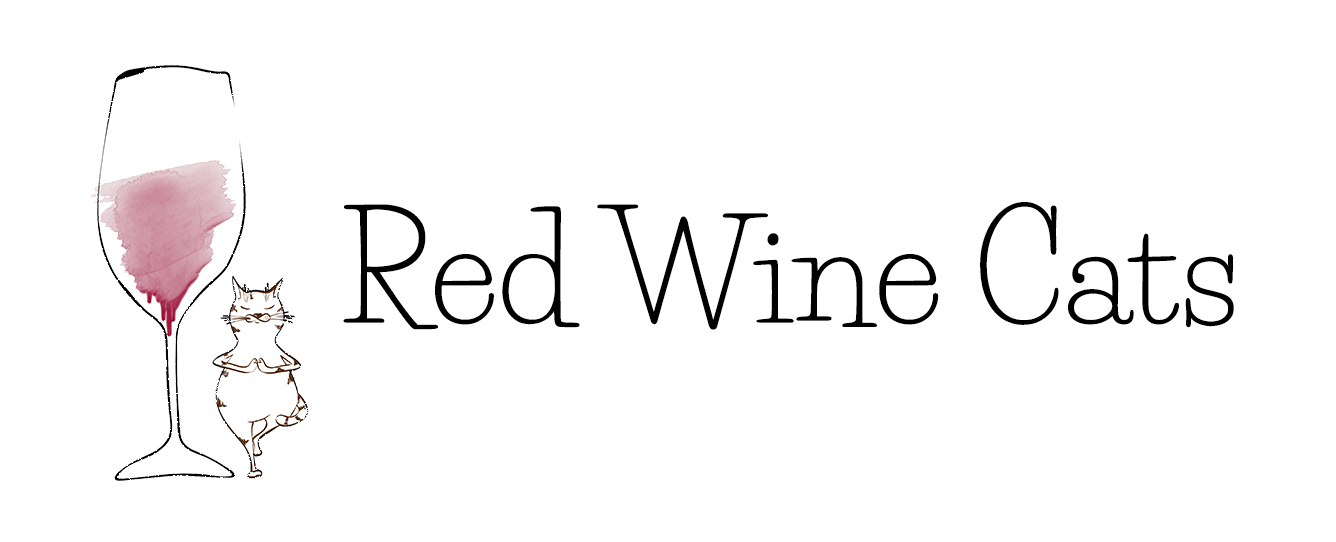Santa Cristina is a special wine…
This bottle of Santa Cristina was given to me by my sister’s in-laws last year, during the holidays. It’s made from a blend of Merlot, Syrah, Sangiovese, and Cabernet. And, you can find it just about anywhere: Total Wine, local grocery stores, online, etc., in the $9.99 to $13.99 range. What makes it a special wine isn’t it’s IGT classification, it’s because Jean and Tommy gave it to me (I appreciated the gift so much!). Jean has been going through cancer treatments for what seems like forever (although you wouldn’t know it because she never complains or talks about it) and when I recently saw them, her hair had almost grown back to where it was before and she looked great! So, when I opened this Italian red, I cheered to them, cheered to her health, and absorbed a moment of gratefulness.

The Santa Cristina estate is located in southern Tuscany, in the town of Cortona. Annata (“ah-not-ah”) just means the vintage (2013- the year the grapes were harvested).
Budget Friendly- Every Day Wine.
It had a medium to full body, with a pretty, clear ruby hue in the glass. A nice, easy-drinking red— and much smoother than many of the Italian blends I’ve tried within the same price range. Perhaps the addition of Syrah made it a bit softer? The tannins were smooth, and while the finish wasn’t memorable, it’s a budget friendly bottle to have on hand for your daily table wine. It’s also a level above the Vdt designation (Vino da Tavola = “table wine”).
“The first vintage of Santa Cristina was produced in 1946, becoming in time a point of reference for connoisseurs, not only through an unswerving commitment to quality. Just like a good story, Santa Cristina never gets old.” ~Santa Cristina
Sangiovese is the most popular Italian wine grape.
Most Italian reds from the Toscana (Tuscany) region are made from the Sangiovese grape. For example, in the Chianti (“Kee-an-tee”) region of Tuscany, a wine must be at least 80% Sangiovese in order to be called Chianti (some are 100%). This bottle of Santa Cristina is from the Toscana region, so as an average consumer who isn’t an Italian wine specialist, I could only assume it would contain Sangiovese. I had to go to their website to find out what type of grapes were used, but the exact percentages were not available.
In vino veritas (in wine there is truth)
There are hundreds of Italian grape varieties and several classifications, so Italy is still a confusing region for me. The good news is, there’s always something new to learn and there are many resources available to keep learning from!
Salute!
Here are a few interesting, simple articles on Italian wine labels:


